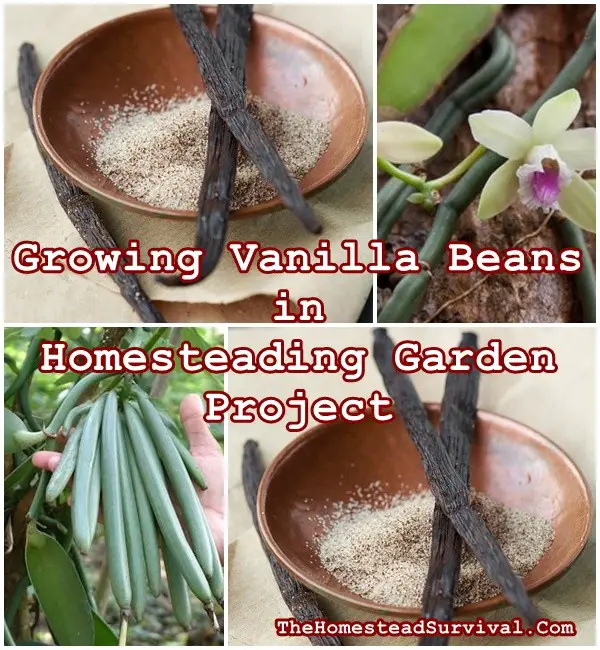Growing Vanilla Beans in Homesteading Garden Project takes a bit of time and patience but well worth the effort.


Subscribe Today
GET EXCLUSIVE FULL ACCESS TO PREMIUM CONTENT
Get unlimited access to our EXCLUSIVE Content and our archive of subscriber stories.